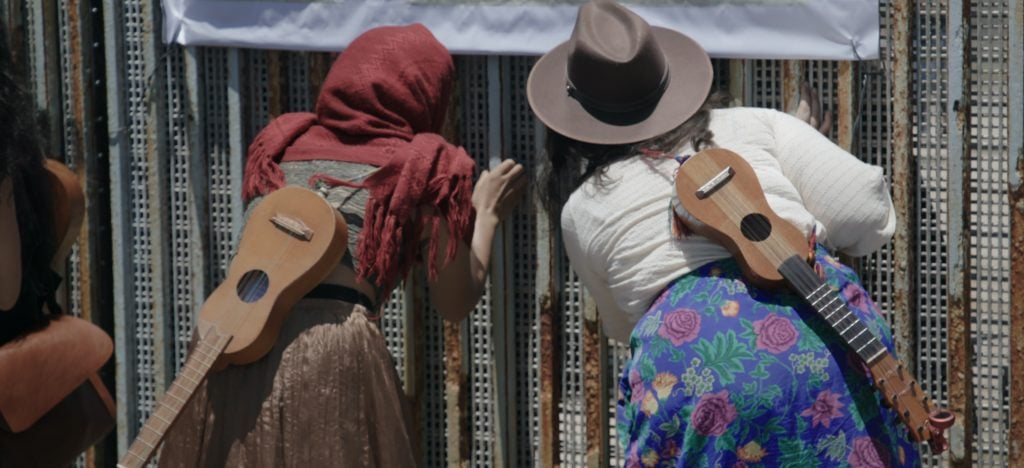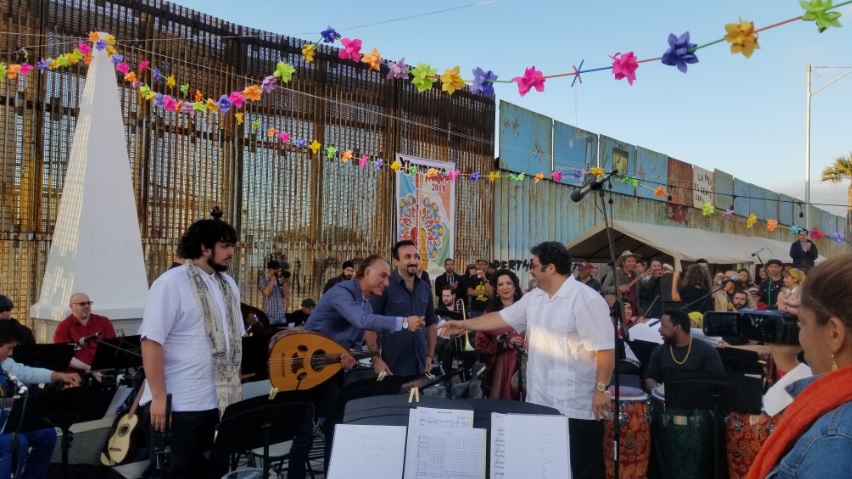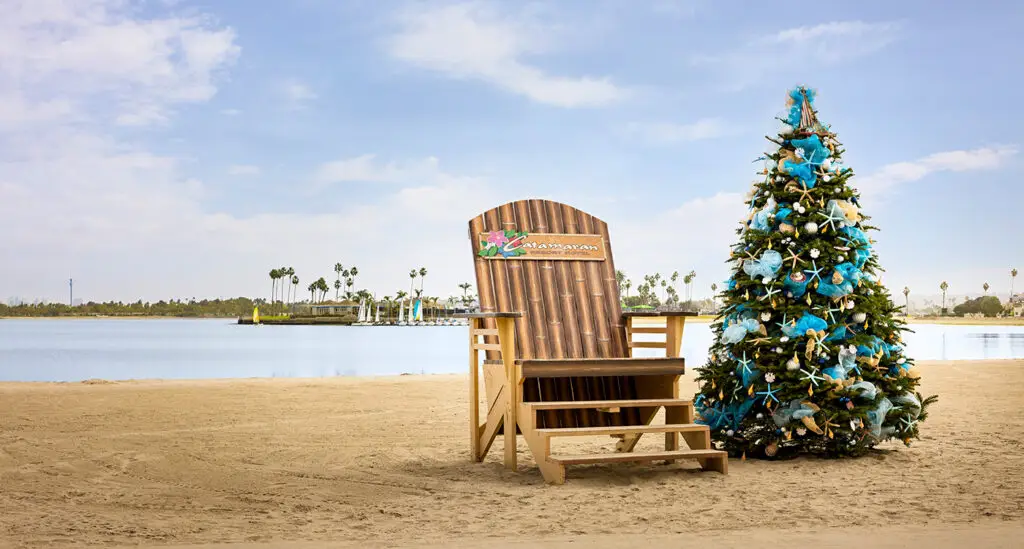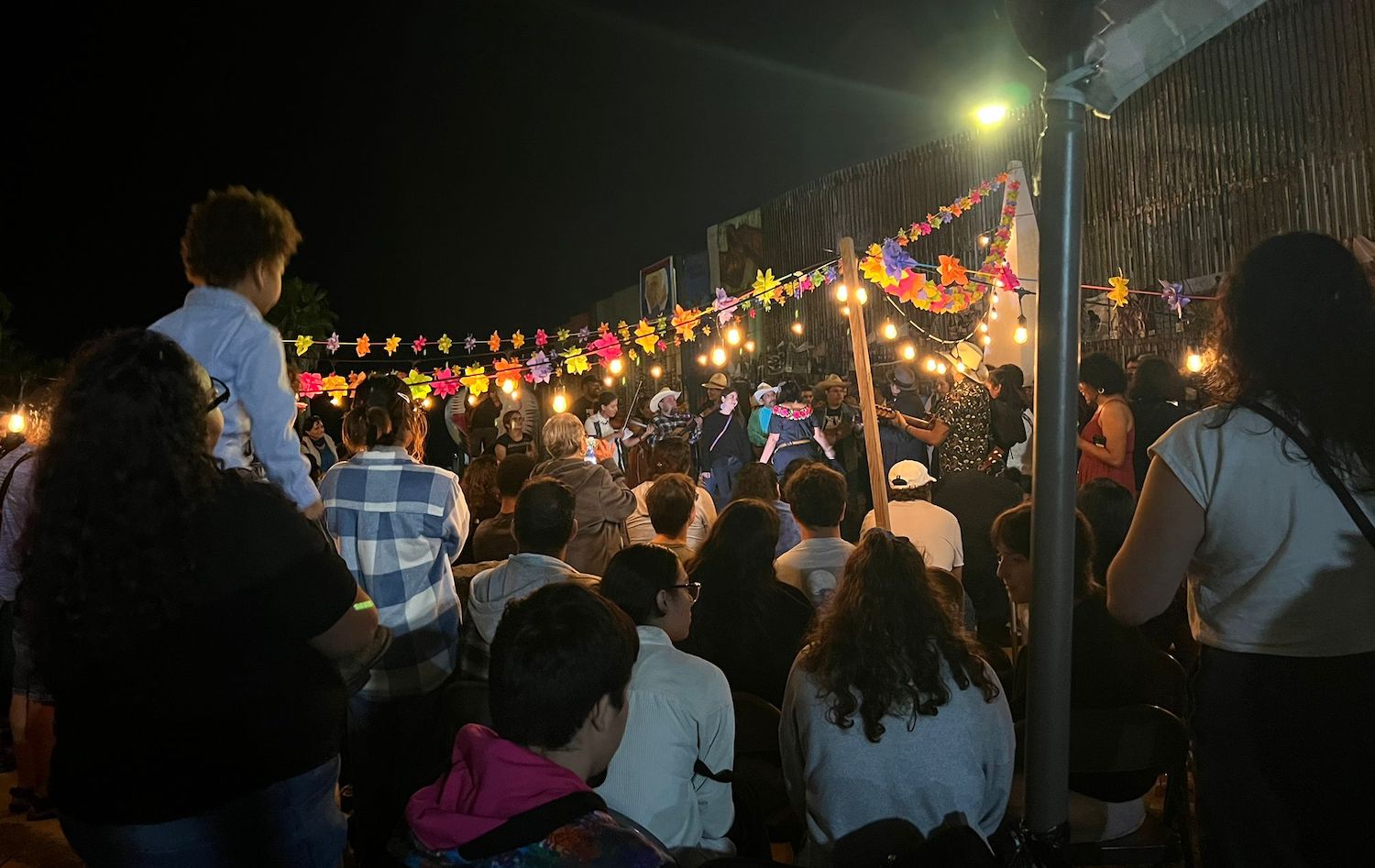On October 7, I stood three feet away from the San Diego-Tijuana border wall, listening to the rattling sounds coming from an instrument made with a donkey’s jaw (a quijada de burro) played by Fandango Fronterizo musician Sergio Pérez Bibiano.
Founded in 2008 by Jorge Castillo, Fandango Fronterizo is a cross-border event put on with the intention of bringing together son jarocho musicians from both the US and Mexico. Today, it has become a powerful symbol for breaking down the boundaries between people, communities, and countries.
This month, the Fandango Fronterizo celebrated its 15-year anniversary with a music festival in the same site where it first emerged: the border. Fandango Fronterizo, which loosely translates to “border jam session,” features a form of folk music originating from Veracruz in the Gulf Coast of Mexico.
Son jarocho combines multiple cultures—Spanish, African, and Indigenous—that came together more than 500 years ago, and its stanzas involve a type of call and response between the musicians and their listeners (the most popular son jarocho tune is the song “La Bamba”).

Unlike in Fandango Fronterizo’s earlier years, though, when the musicians sing their calls at Parque de la Amistad in Tijuana, no responses come from the other side. Castillo explains that they haven’t received permission from Border Patrol to sing on the United States side of the wall since 2018.
“We organize this event every year,” says Castillo. “As far as I know, we haven’t caused any problems. We follow the rules.” The silence on the US side has cut off an integral aspect of the annual event.
“[Playing only on the Tijuana side] is very sad,” says Carmen Castro, a member of Fandango Fronterizo’s committee and a participant in the festival for a decade. “[Playing on both sides] was a way of telling the world that music, fraternity, and family are not divided by this wall—they surpass borders.”
In recent years, this shift has made it increasingly difficult to hold the festival in the way it was created—on both sides of the border—due to the militarization of the wall. “We don’t need walls. Why do we have to be separated? Why can birds fly over and wind and music cross [the wall], and we can’t,” Castillo asks. “That’s the message that we give everytime we’re here—that’s our main thought.”
Longtime participant Mari Carmen Arjona says that now, many colleagues no longer attend. In previous years, they would spend mornings celebrating on both sides of the border wall; then, everyone who could, would cross to TJ for an all-night party.

“You feel like you’re missing a part, because [the community] is precisely what characterizes the border fandango,” says Arjona who lives in the Bay Area and first visited the San Diego-Tijuana border in 1999. Back then, she says, there were bars separating the two countries, but people could reach through them and touch each other. “You could buy mangos across the border!” she recalls, laughing.
Then came the interwoven fence that blocks objects or hands from passing through, the visitation hours imposed by Border Patrol on the north side of the fence, and, now, the taller, prison-like, and sometimes deadly 30-foot wall. In 2018, author Kebir Sehgal focused on Fandango Fronterizo as a blueprint for how to heal relations between the US and Mexico in his book Fandango at the Wall: Creating Harmony Between the United States and Mexico.
Castro says that she has experienced this healing power firsthand. The sense of togetherness is the reason she has come back all these years. “I fell in love with friendship, with community, with caring about doing something for others,” she says. “I’m a social worker, so I feel like I fit perfectly.”
The very first Fandango Fronterizo began in the afternoon. “Around 4:30 p.m., [Border Patrol agents] said, ‘It’s better that you guys start wrapping up,’” Castillo recalls. “And I said, ‘Just one more song.’ Then, we started playing ‘La Bamba,’ and the song lasted for one hour, and [the agents] couldn’t believe it was still the same song. I tried to wrap it up and [the other musicians] wouldn’t, because everybody was so into it.”
PARTNER CONTENT
Next year, they hope to once again sing, play, and dance in the two countries at the same time. “We are transborder communities. We have exchanges [and] interdependence, and the way to remember that is through art [and] culture,” Arjona says. “That’s why it’s important to keep this space, claim it, and keep insisting that we want to sing on both sides of the border.”
This post contains affiliate links to products and services. We may receive compensation when you click on links.

















